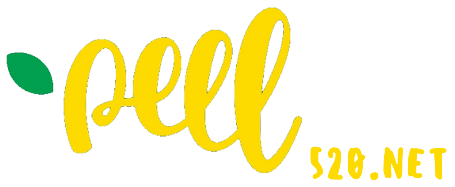Are sponges good for cleaning?
Are sponges good for cleaning?
Dishcloths and sponges are the cleaning tools of choice for many Americans. Help keep them clean by following these do’s and don’ts. Microwave damp sponges for one minute or put them in the dishwasher with a drying cycle. The UDSA found that this kills over 99% of bacteria, yeasts and molds.
Are sea sponges used for cleaning?
Sea sponges are one of the most versatile cleaning tools available and have been used for the last 2000 years by cultures all over the world. Sea sponges are not only soft, absorbent and durable, they are also a hypo-allergenic and non-toxic solution for cleaning delicate skin.
What is a cleaning sponge made of?
Most of today’s artificial sponges are made of a combination of wood pulp – or cellulose – hemp fibers, sodium sulphate crystals and topped off with chemical softeners.
Are dish rags better than sponges?
Your dish rags are really no better than your sponges. And like sponges, using a dirty dish rag to clean a kitchen countertop will only spread germs. Your best bet is to replace rags about once a week. “Allow them to dry out between uses because most bacteria thrive only in moistness,” Schachter says.
What can I do with used sponges?
Here are our favorite ways to reuse sponges after they have outlived their usefulness — and cleanliness — in the kitchen sink.
- Compost.
- Save them for dirty jobs.
- Remove lint and pet fur from furniture.
- Hydrate thirsty plants.
- Soak up water in your umbrella stand.
- Start seeds.
- Make a soap dish.
- Pack your valuables.
Are sea sponges naturally antibacterial?
One of the many benefits of using natural sea sponges for bathing and washing is that they contain enzymes that make them naturally antibacterial, and inhibit the growth of bacteria, mildew and mold. They are naturally hypo-allergenic and toxin free.
What is a natural sea sponge?
Natural Sea Sponges are some of the simplest multicellular organisms alive. They do not have brains, digestive, circulatory or nervous systems and, once rooted, do not move. These characteristics have made natural sea sponges an important commodity for washing and cleaning for hundreds of years.
Are cleaning sponges toxic?
Essentially, conventional sponges are made from oil-based plastic. Sponges promising antibacterial or odor-removing benefits are loaded with toxic chemicals including triclosan, an antimicrobial agent (and pesticide) that has been linked to cancer, developmental toxicity and skin irritation.
What are cleaning sponges used for?
A sponge is a tool or cleaning aid made of soft, porous material. Typically used for cleaning impervious surfaces, sponges are especially good at absorbing water and water-based solutions.
What is the best way to clean kitchen sponges?
To clean your kitchen sponge naturally, soak it in full-strength vinegar 5 minutes. (No need to dilute it.) Ring out the vinegar, thoroughly rinse the clean kitchen sponge in warm water, and let dry.
Can you recycle used sponges?
Unfortunately, kitchen sponges and scouring pads aren’t easy to recycle. Like a lot of plastic consumer goods, you can’t throw them in curbside recycling. TerraCycle creates mail-in campaigns for hard-to-recycle items.
What are the best natural sponges for cleaning?
Vegetal cellulose sponges made of wood fiber are more used for bathing and skin cleaning, and are usually tougher and more expensive than polyester sponges. They are considered more eco-friendly than polyester sponges as they are biodegradable and made of natural materials.
What is the best sponge for washing dishes?
The Best Sponge for Dishes Scrub Daddy Sponges for Dishes. Kicking off our list is this surprisingly high tech sponge by Scrub Daddy. Scotch-Brite Non-Scratch Scrub Sponge. The next kitchen sponge to make our list is by Scotch-Brite. O-Cedar Multi-Use Scrunge Dish Sponges. Jetz-Scrubz Scrubber Sponge. Life Miracle Sponges for Dishes. Quickie Multi-Purpose Durable Dish Sponge.
What kind of cleaning sponge should you use?
A Dobie is a classic and still a popular general cleaning sponge for everyday messes as well. It’s a non-scratch cleaning pad and is also perfect for cleaning copper, non-stick cookware and china. Dry sponges are made of a rubber mixture and are meant to be used dry.
How do you wash a sponge?
The Best Way to Clean a Sponge. Mix 3/4 cup of bleach in one gallon of water and soak the sponge for five minutes, then rinse – and that’s it. In testing, the bleach solution killed 99.9% of the three bacteria strains from the test sponges (scrub and regular cellulose ), which is the benchmark based on the EPA’s requirement for sanitization…
